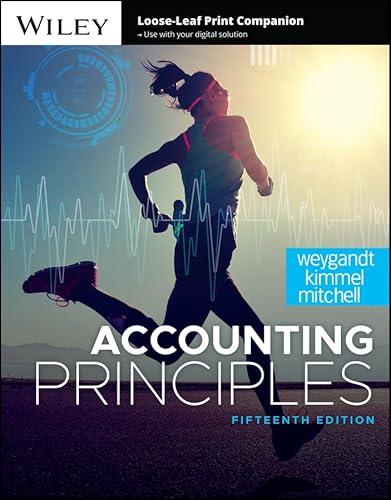Go back


Mathematical Modeling Methods Applications And Research(1st Edition)
Authors:
Seth Sparks, Bill Willis

Cover Type:Hardcover
Condition:Used
In Stock
Shipment time
Expected shipping within 2 DaysPopular items with books
Access to 30 Million+ solutions
Free ✝
Ask 50 Questions from expert
AI-Powered Answers
✝ 7 days-trial
Total Price:
$0
List Price: $74.99
Savings: $74.99(100%)
Solution Manual Includes
Access to 30 Million+ solutions
Ask 50 Questions from expert
AI-Powered Answers
24/7 Tutor Help
Detailed solutions for Mathematical Modeling Methods Applications And Research
Price:
$9.99
/month
Book details
ISBN: 1536131628, 978-1536131628
Book publisher: Nova Science Publishers, Inc.
Get your hands on the best-selling book Mathematical Modeling Methods Applications And Research 1st Edition for free. Feed your curiosity and let your imagination soar with the best stories coming out to you without hefty price tags. Browse SolutionInn to discover a treasure trove of fiction and non-fiction books where every page leads the reader to an undiscovered world. Start your literary adventure right away and also enjoy free shipping of these complimentary books to your door.
Book Summary: Mathematical Modeling: Methods, Applications and Research reviews recent progress in three different propulsion systems which may offer significant advantages for more efficient, compact and adaptive astronautic vehicles in the mid-21st century: swirling nuclear magneto-hydrodynamic propulsion, biomimetic magneto-rheological propulsion and electro-hydrodynamic propulsion systems. The authors introduce an empirical mathematical model. This model has been developed to describe contrast uptake and washout behavior without use of vascular input functions. Though this approach does not require making assumptions about underlying physiology or anatomy, the primary disadvantage of this approach, is that the parameters obtained by this approach do not correspond directly to identifiable physiological or anatomic features. In closing, the authors aim to express how the mathematical modeling is a valid tool for teaching and learning in a competent way and should be incorporated in academic curri
Customers also bought these books
Frequently Bought Together
Top Reviews for Books
Flo daniels
( 5 )
"Delivery was considerably fast, and the book I received was in a good condition."










